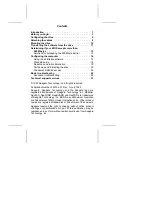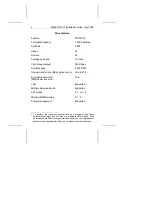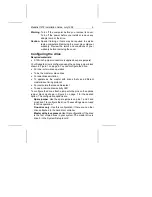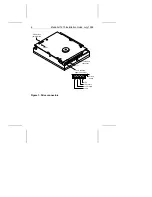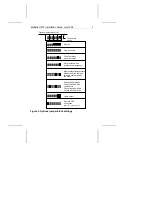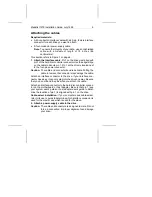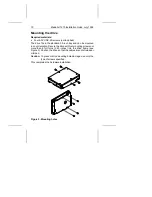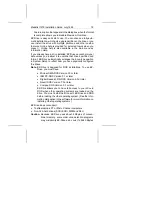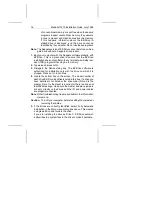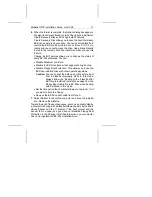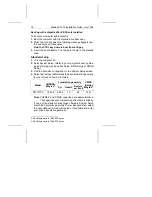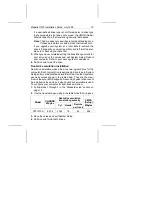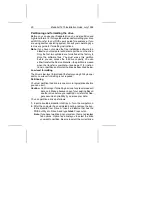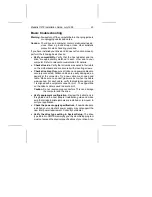
Slave. Use this configuration if the drive is the second drive in
the system. The slave is drive 1 in the System Setup record.
Master/slave timing protocol. This protocol involves the
communication between the computer and the disc drives
during the power-on cycle only. The computer queries the
master drive for the status of both drives. The slave must
report its status to the master within a certain time period. If it
does not respond in time or if it uses a response signal that
the master does not acknowledge, the master tells the host
that the slave has timed out, and the computer does not
recognize the slave. The Seagate drive is shipped configured
to work with other drives that comply with the ATA-standard
master/slave timing protocol.
This setting allows the Seagate drive in the slave position to
respond to some drives that use a different protocol. Try using
this setting if the slave is not identified after power-on.
Dual-drive emulation. This feature allows you to make the
most of the BIOS limitation by making the drive two logical
drives for the computer. Each logical drive is assigned a drive
type in System Setup using the maximum translation geome-
try values the BIOS allows. Each logical drive must be parti-
tioned and formatted. A second, physical drive cannot be
attached to the hard disc controller. You cannot use dual-drive
emulation with cable select.
Cable-select. Use this configuration if your computer uses
cable-select.
Remote LED. If your computer uses a remote drive-activity
LED, place the ground wire side of the connector, usually the
black wire, on pin 13 (–) and the other side on pin 14 (+) of the
options jumper block. The LED can be damaged if the cable
is attached incorrectly.
The options jumper block accepts a 0.100-inch connector. It
may be necessary to replace the current connector on the LED
cable with a 0.100-inch connector.
8
Medalist 1270 Installation Guide, July 1995


